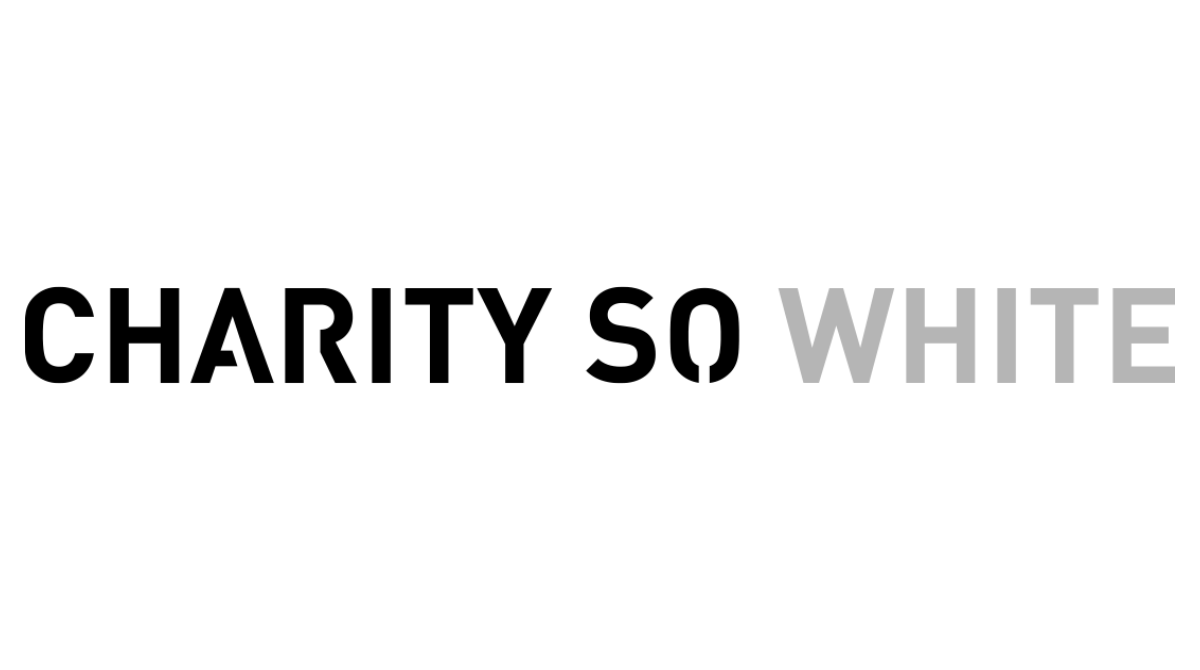Language barriers: How our words obscure bias and discrimination
This is a guest blog by R. Kaur.
A few months ago, I shared a b******t phrase that my line manager had used on me with some friends working in the social impact sector. I worked for a well-known social innovation organisation at this point. The conversation quickly spiralled into a long list of phrases that we had commonly heard from our privileged managers or colleagues in the social impact sector. (NB Not all of my friends involved in this conversation were people of colour. A few were actually from privileged backgrounds themselves; they were aware of their privilege and they were making a conscious effort to challenge this privilege in their workplaces.)
The initial list of phrases was never ending, so here are 12 from my personal experience.
I hope anyone who needs to read this, whether starting out in your career or fighting for a promotion you deserve, finds this valuable and doesn’t question their value.
Four things became quickly apparent from this conversation.
language is one of the subtle ways in which modern forms of bias and discrimination are exercised in the sector. It helps to ensure the right people fit in and profit from the opportunities available in a sector.
The messages communicated through these phrases are inauthentic, they tend to generate false expectations which often lead to confusion and friction. I have especially found this to be the case when working specifically in the social innovation sector. Here, organisations operate with deeply hierarchical power structures but pretend to have ‘flat’ cultures where apparently ‘everyone has an equal voice’ — as a woman of colour I have found these organisations highly confusing to navigate.
The intention behind using neutral/constructive language is so cleverly disguised that people can’t even challenge it — that’s how insidious it is — yet everyone is smart enough to read between the lines.
Using language in this way is helping a sector focussed on addressing social challenges to nurture workplace cultures that are exclusive, homogenous and — perpetually — privileged.
Having worked in this sector for over a decade, I (along with others) have noticed the same language patterns cropping up again and again especially when challenging bias and discrimination. In my last workplace — I tried to challenge these patterns because they were stopping me from getting the respect and recognition that I deserved. Even though I was great at my job, I ultimately had to leave it. It reached a point where my sanity and self-worth depended on it.
This blog gives you a little snapshot of my experiences with language used in the social impact sector to disguise bias and discrimination. If anything, I hope these phrases resonate with others who are working in the social impact sector — and I would really like to build on this list so we can raise better awareness. What phrases have been used with you where you know the meaning translates into something very different? How has language been used cleverly to communicate messages that aim to exclude you and discriminate against you?
Help us to decode the real meaning of these phrases — share them under #CharitySoWhite



